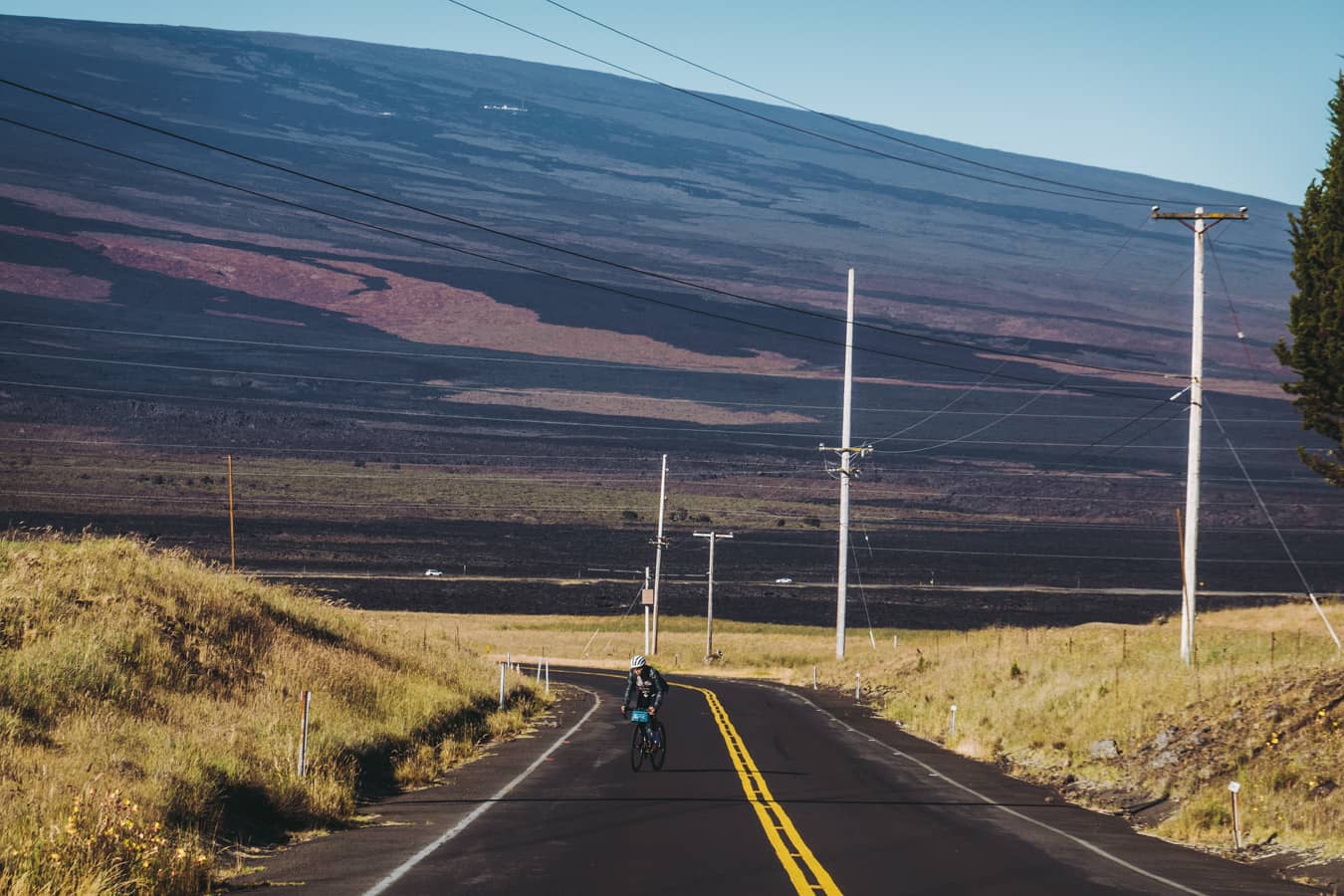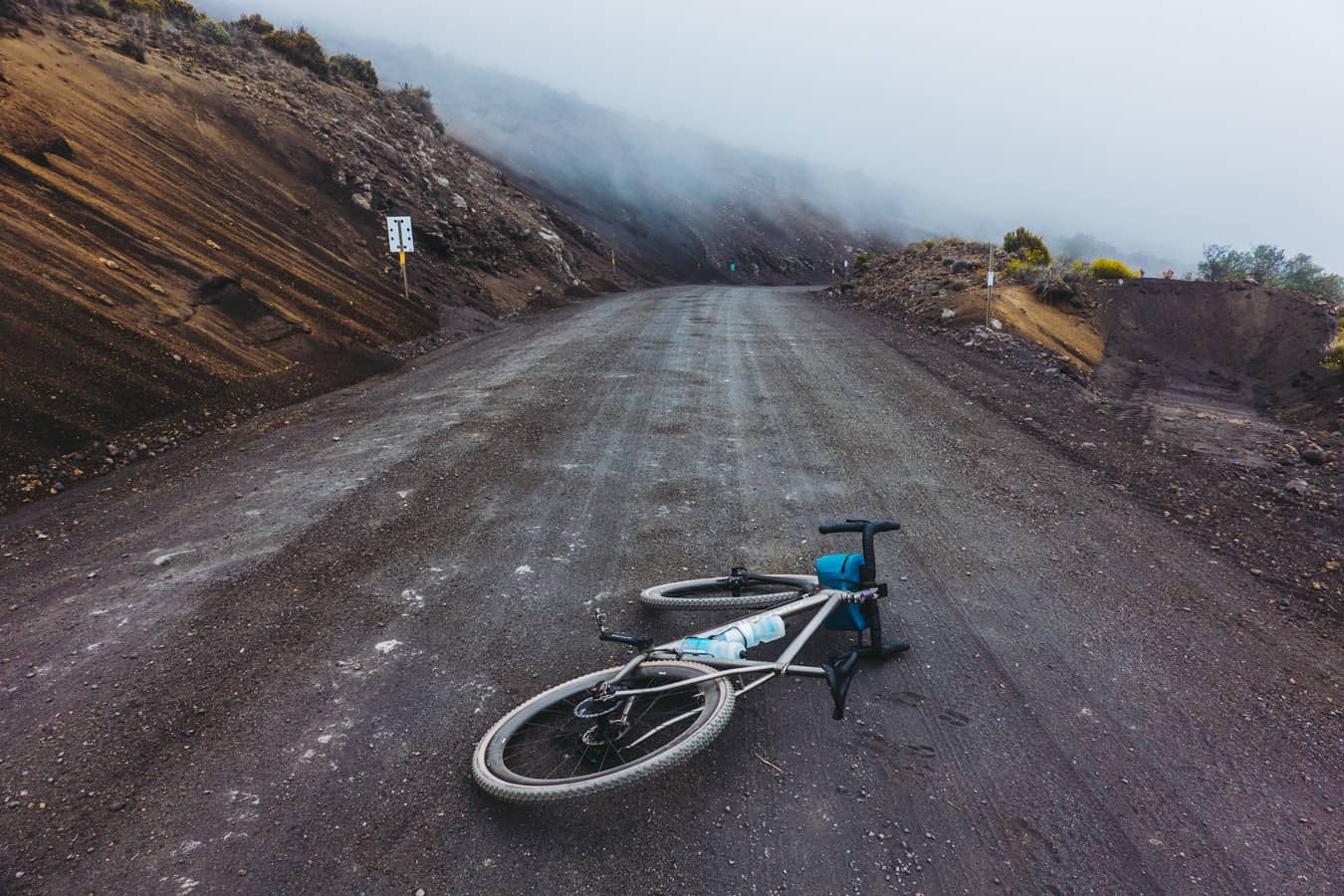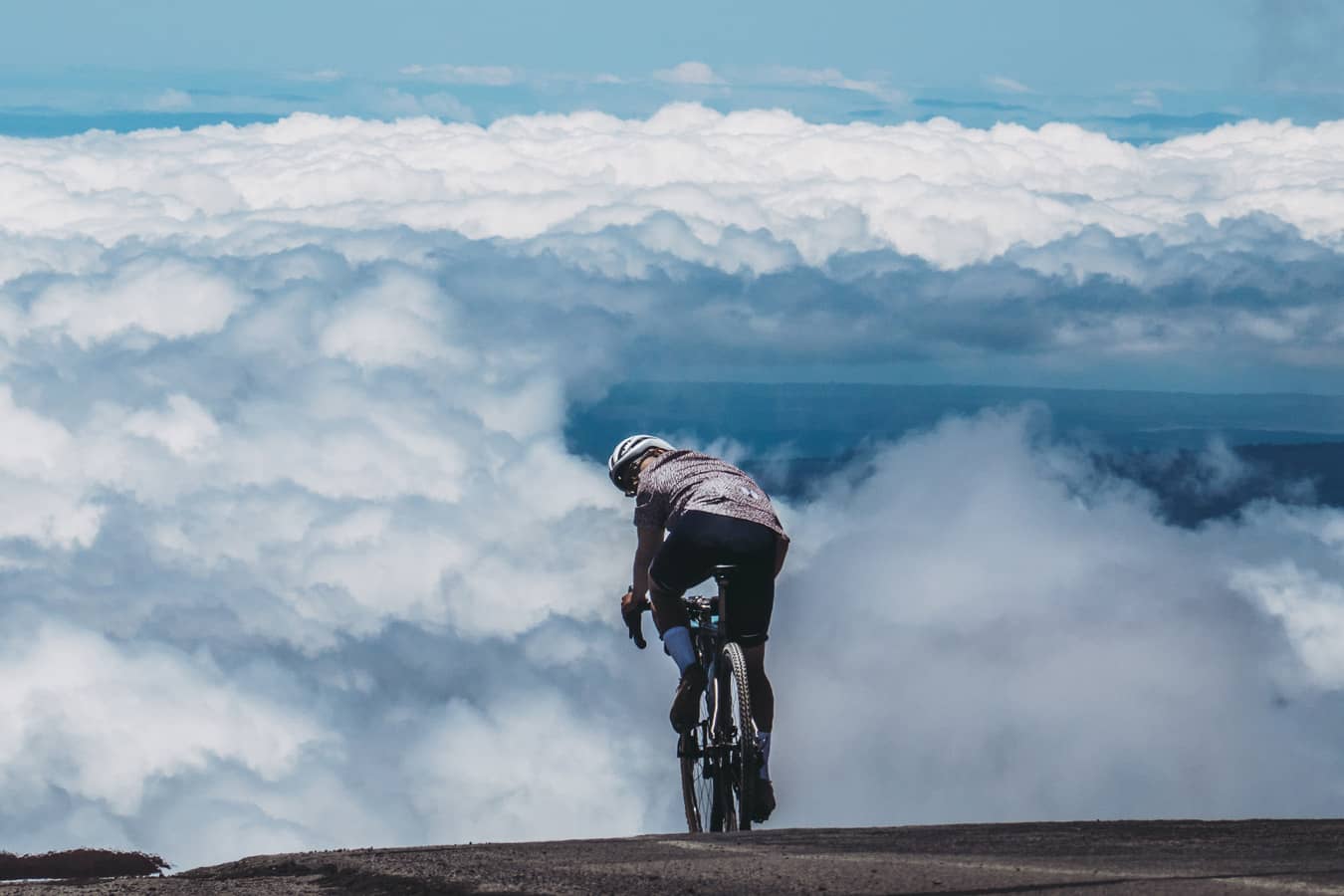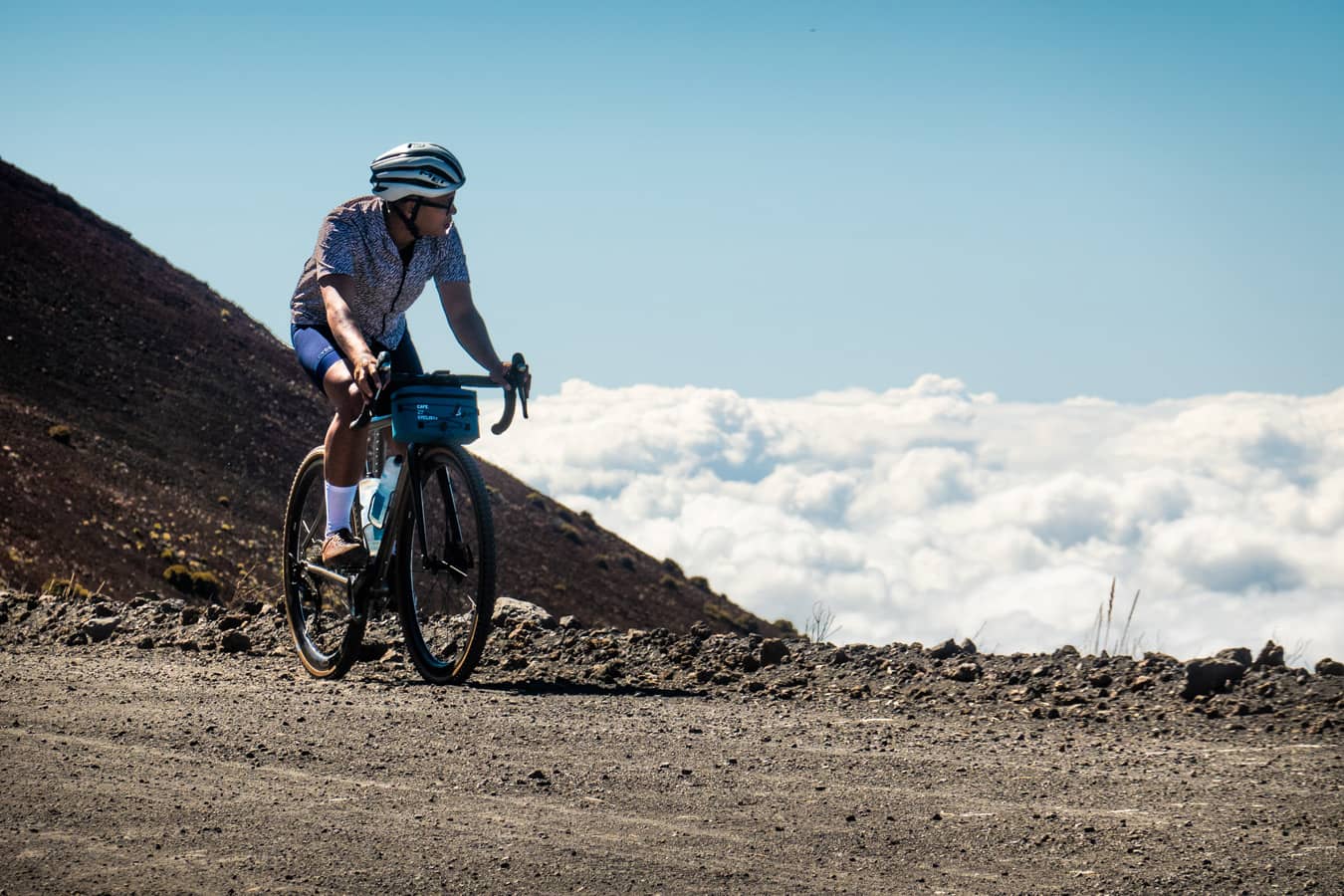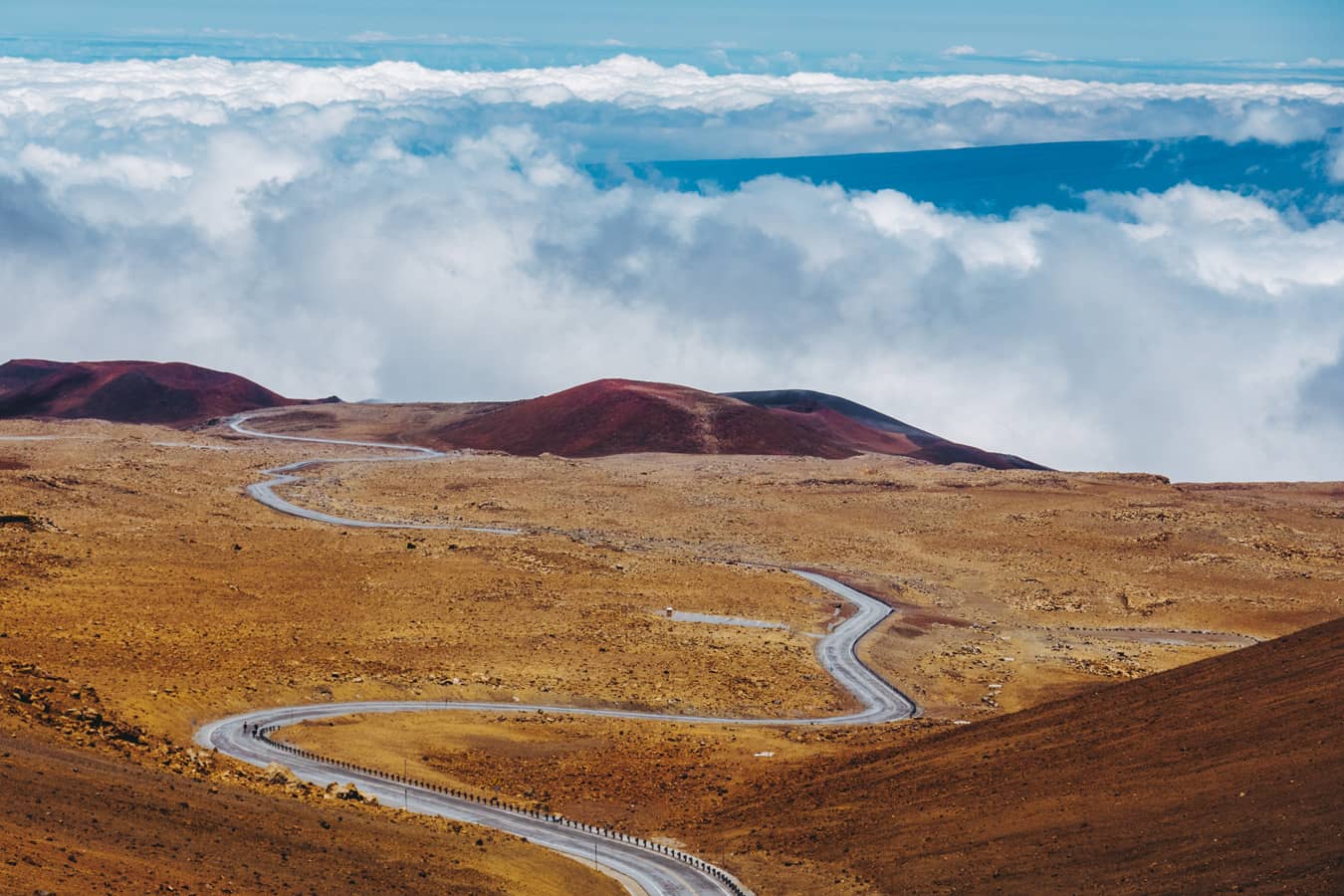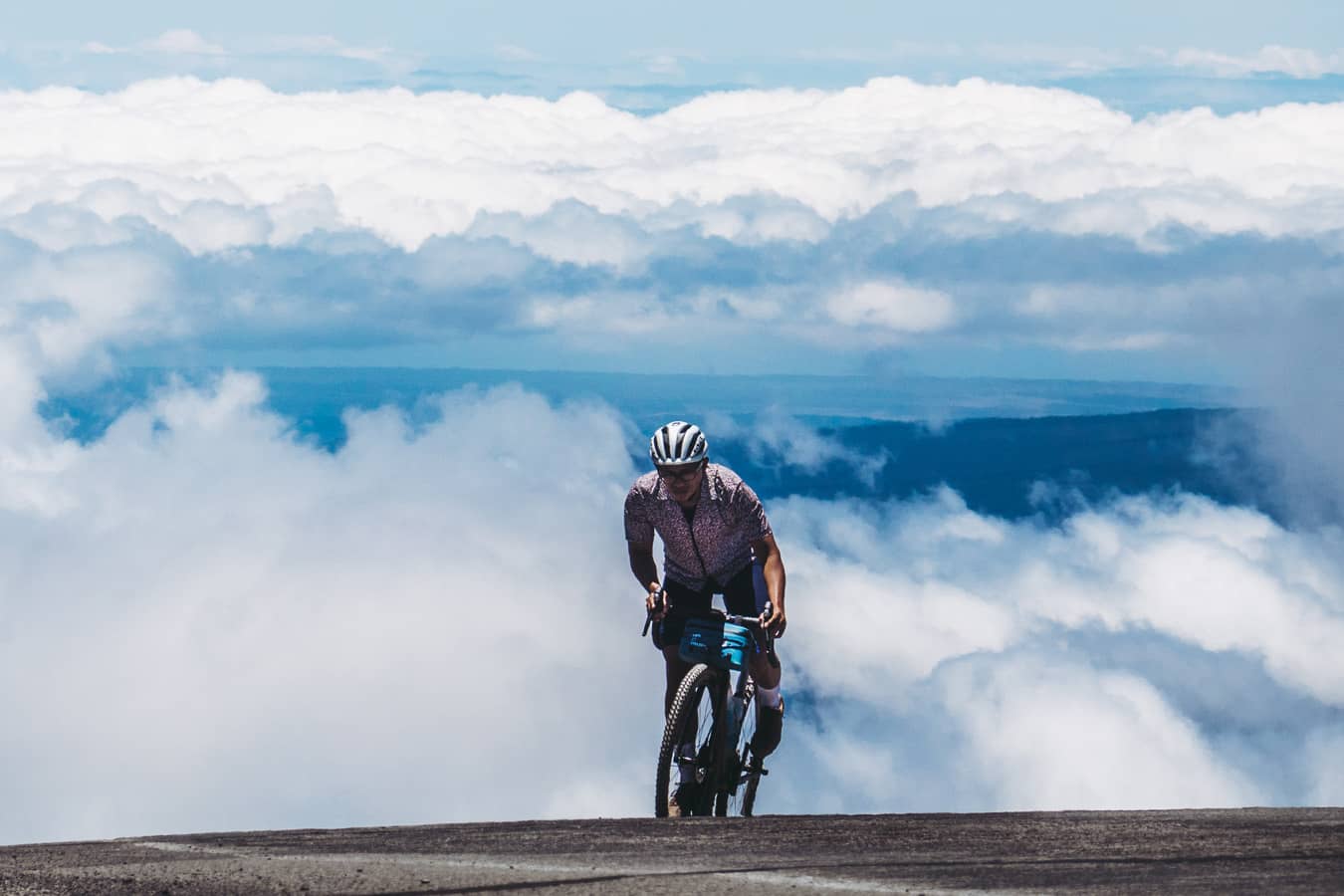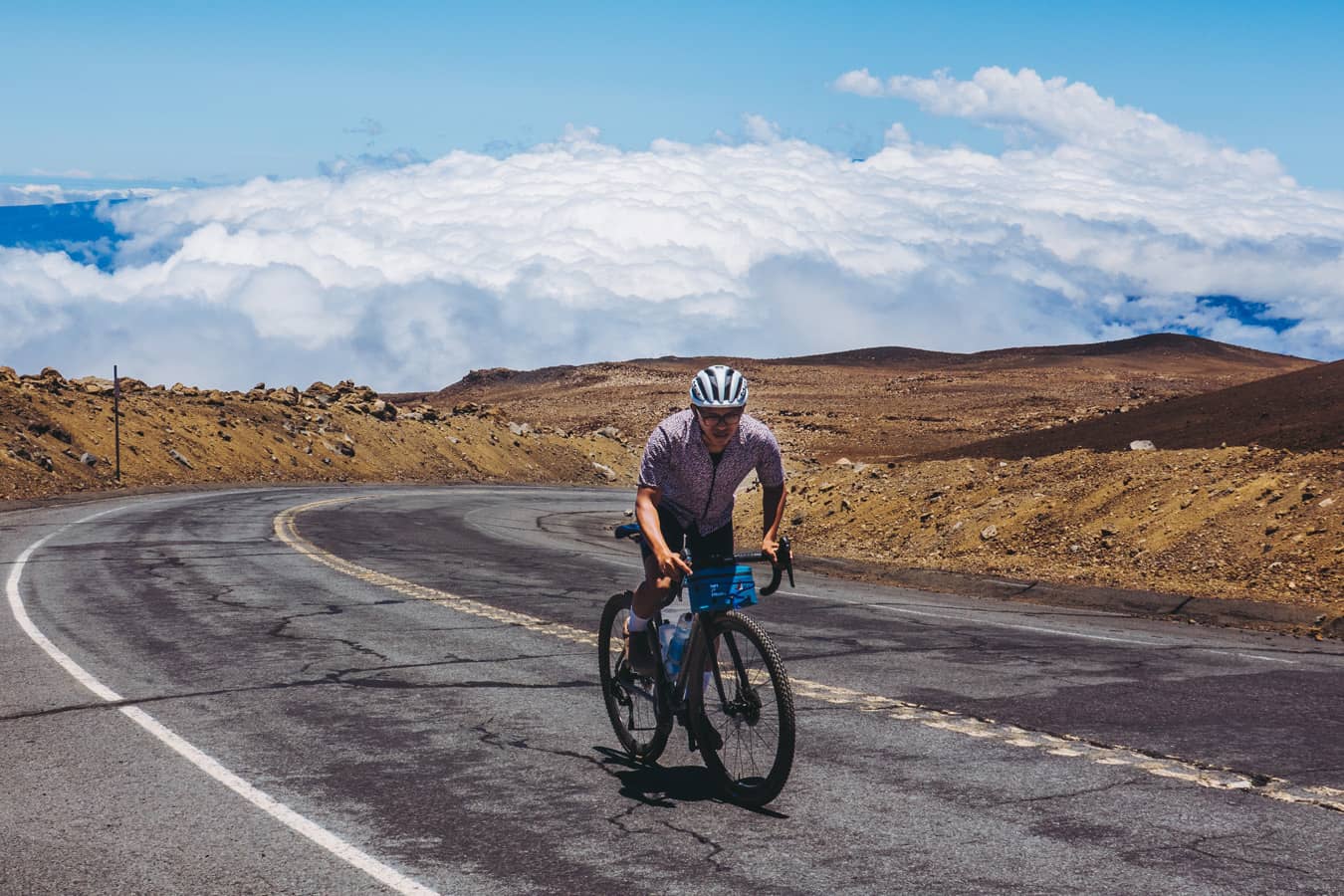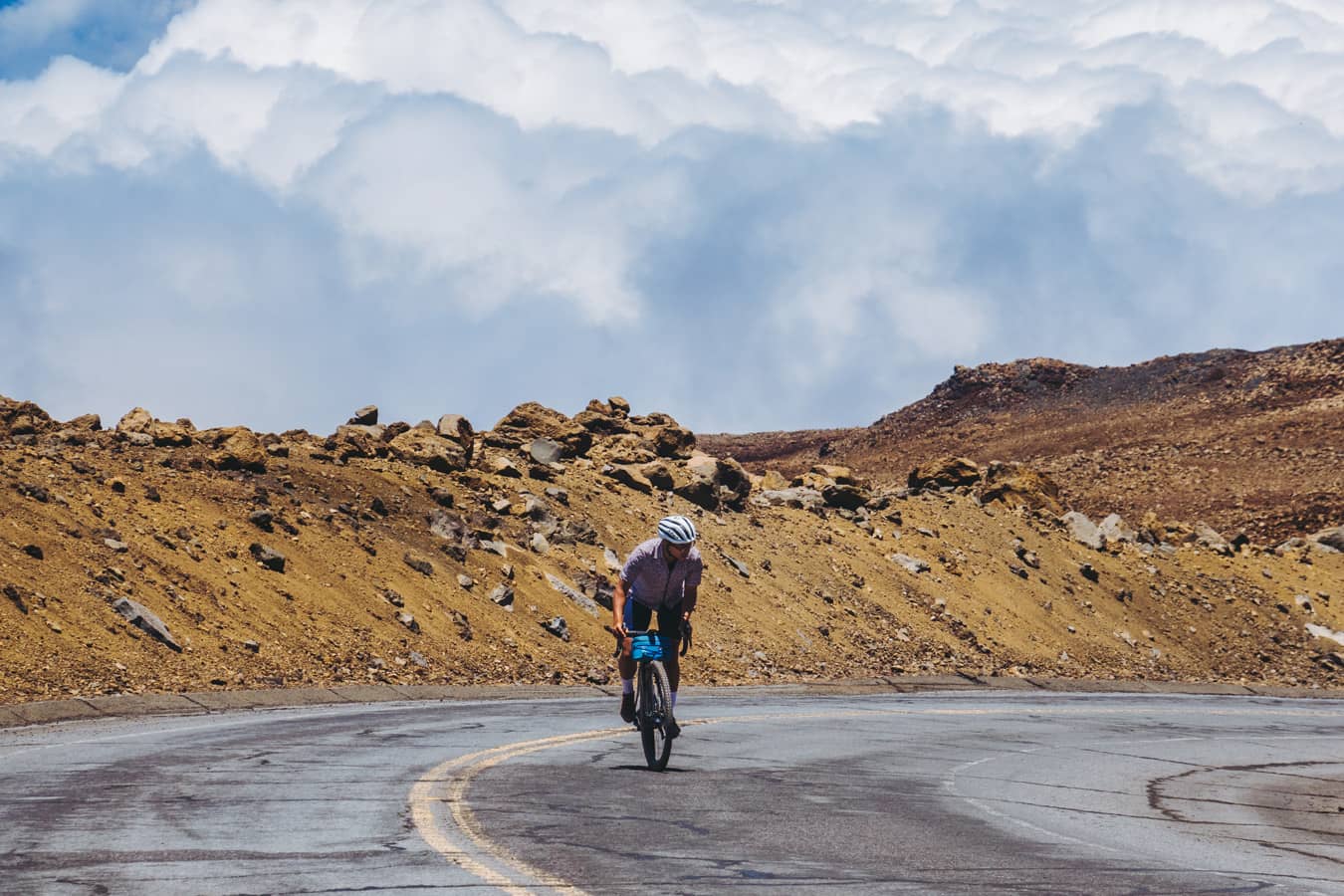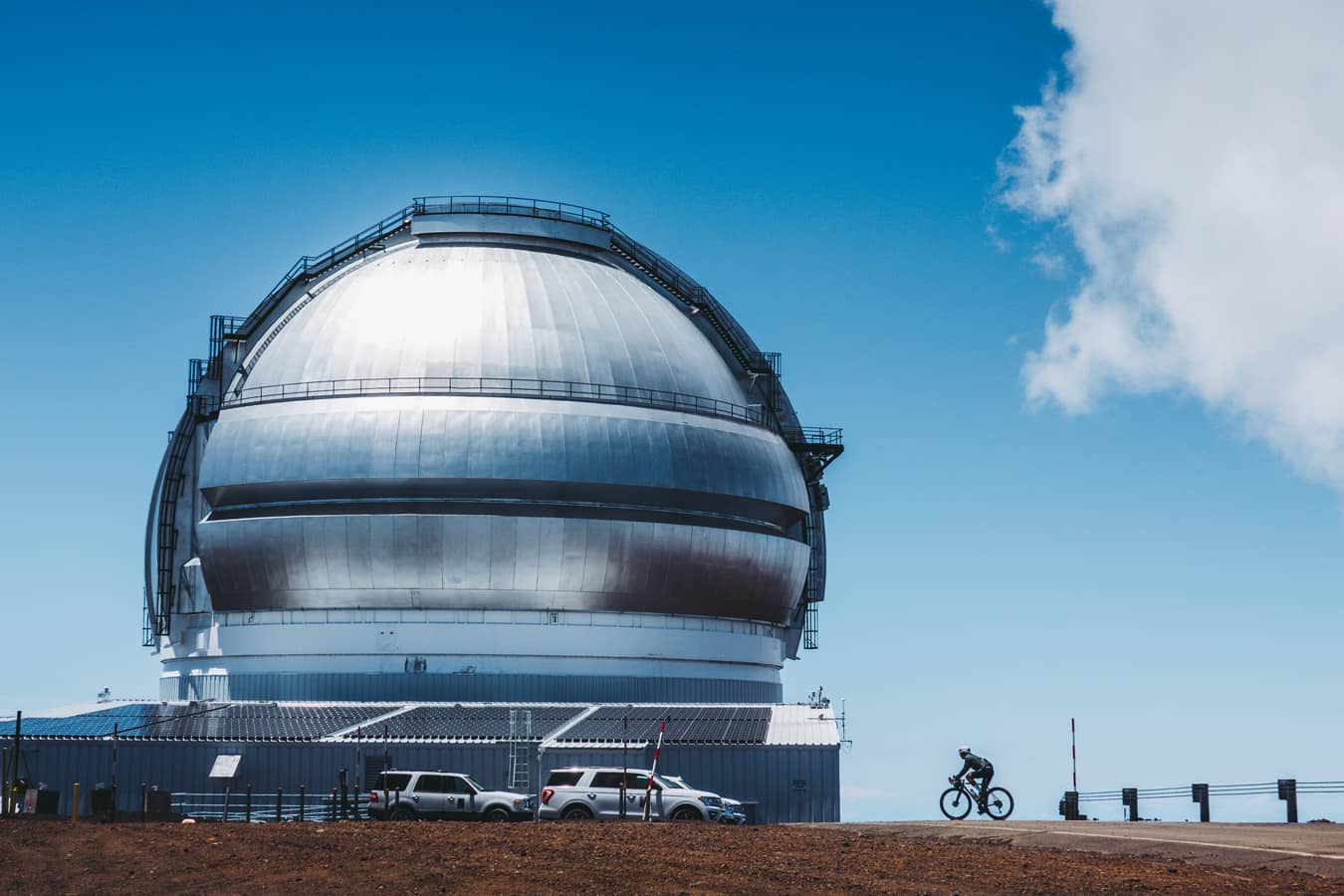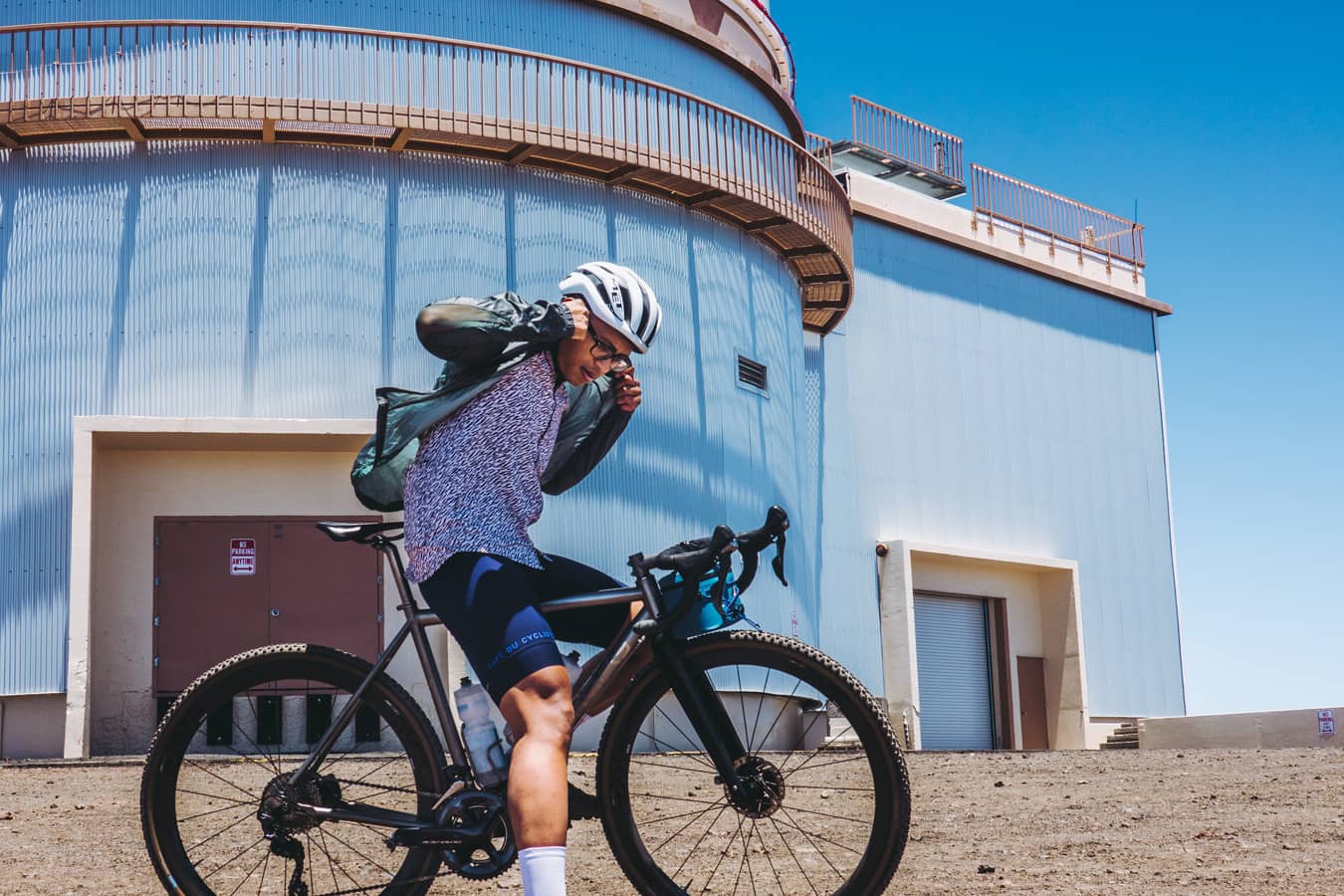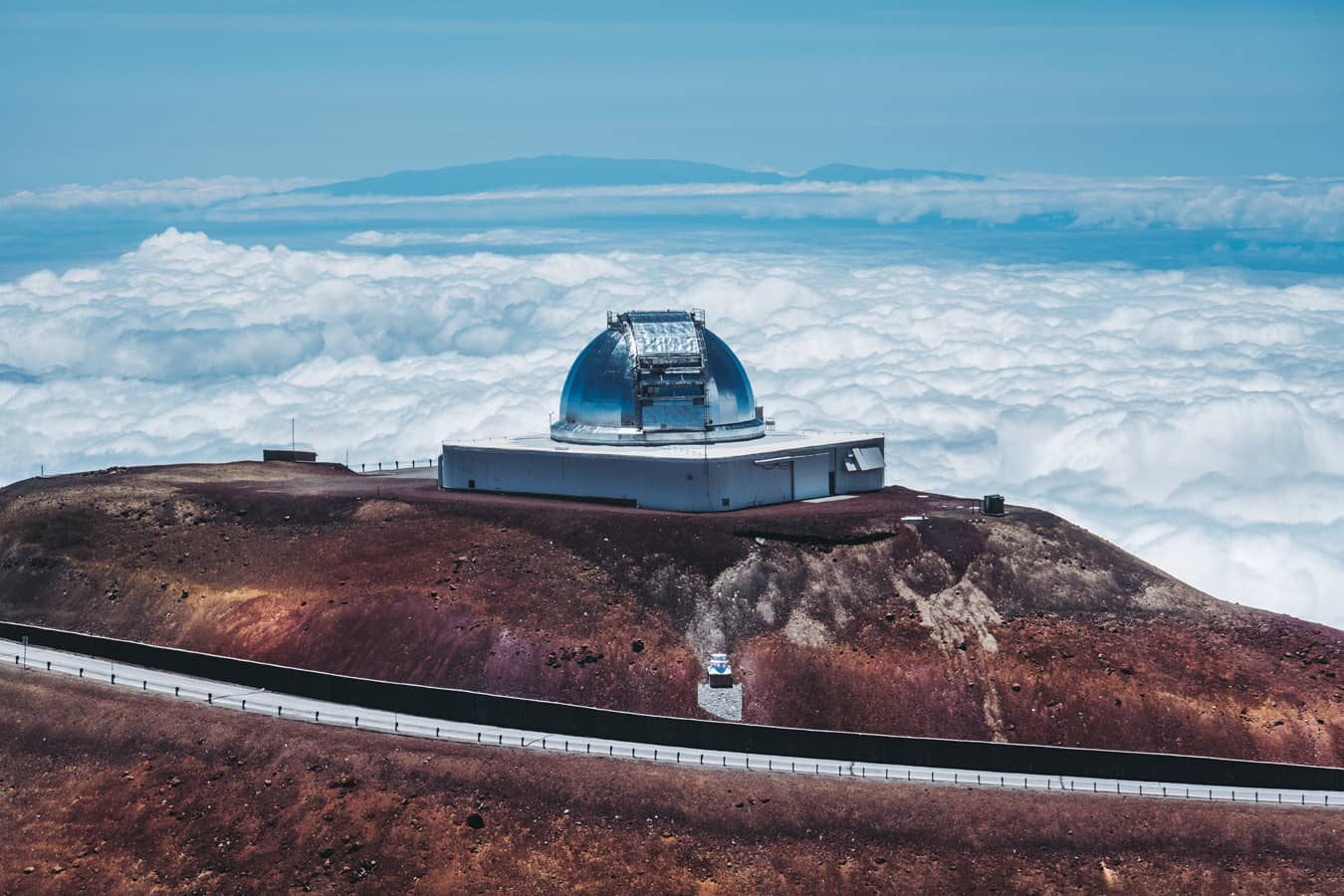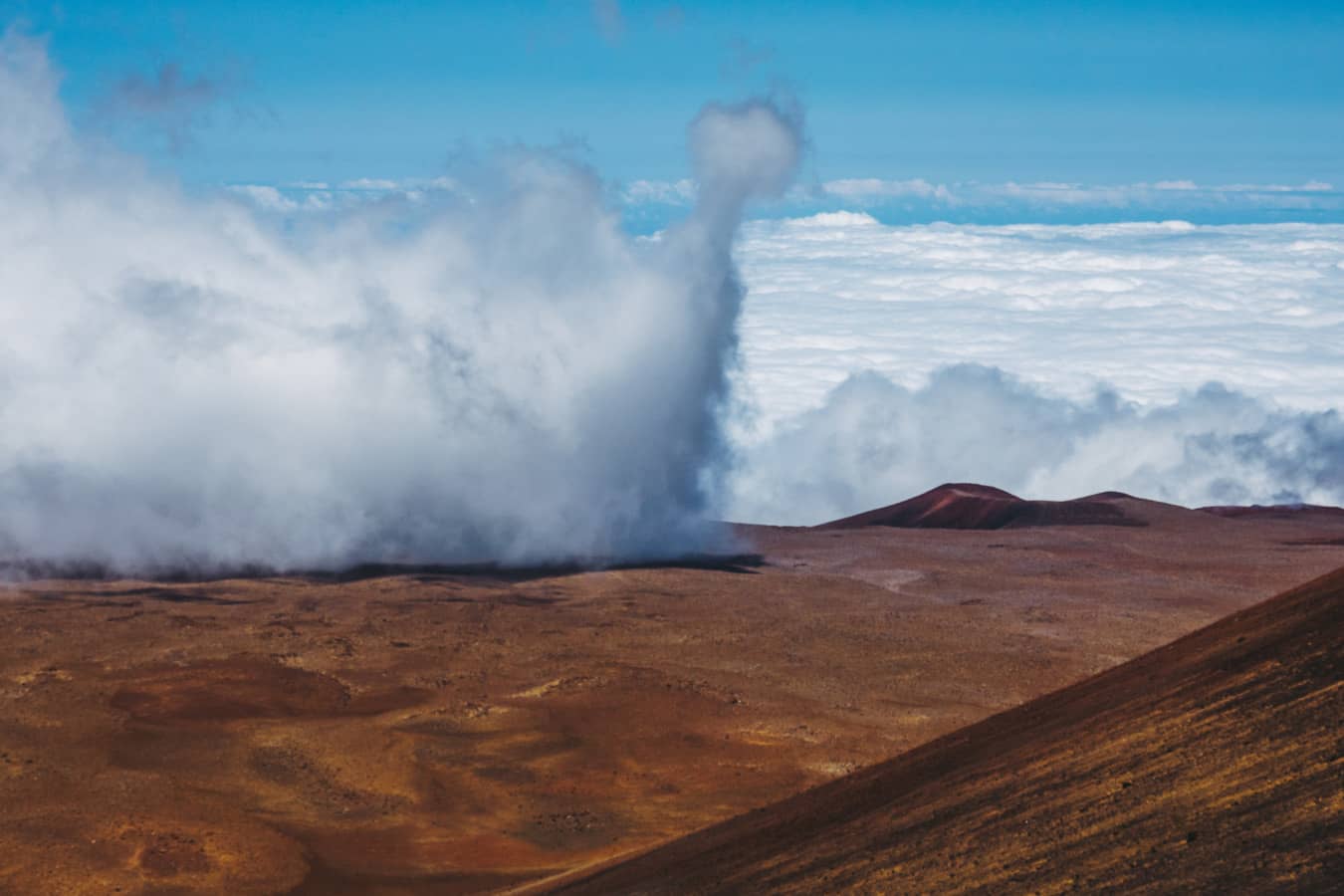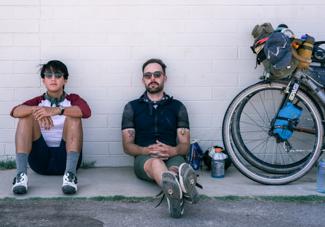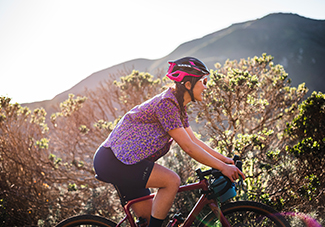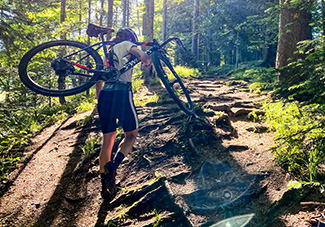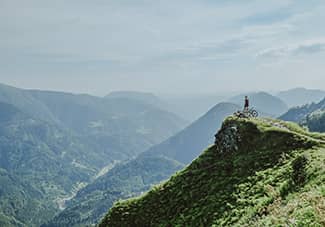Mauna Kea: Dancing on a Volcano
Let the mountain speak and it will tell you of its fiery origin in the pacific and its kinship with the natives. It will show you the window to the universe.
Mauna Kea is the highest point in the state of Hawai’i, with its peak towering at 13,803 ft. (4,207.3 m) above sea level. Its literal translation is the White Mountain because the summit, always protruding above the clouds, is often blanketed with snow. Native Hawaiians believe this place is sacred, as it is the home of Poli’ahu, the Goddess of Snow. In more recent times, the top is home to 13 telescopes piercing through the outer edges of the observable universe. In either case, it’s a marvel to look at from the coastal towns surrounding it and a daunting prospect for those who choose to summit.
In 1964, a road was built to the top of Mauna Kea, conveniently called Mauna Kea Summit Road. This provided “easier” access to the top which once took a day or more of grueling hikes to reach. Easy, I say, for the motorized vehicle with four wheel drive capability. Not so much for the human-powered two-wheeled bicycle. I was set to find out.



